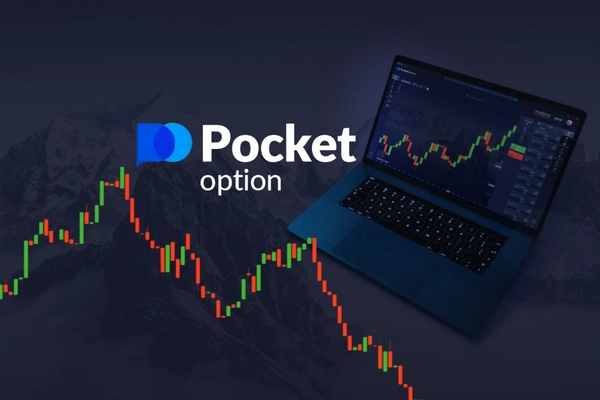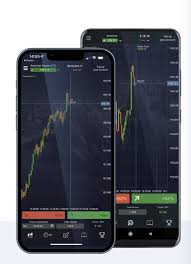
Trading Strategy with Envelope
In the dynamic world of trading, strategies that can adapt to changing market conditions are invaluable. One such method is the Trading Strategy with Envelope торговая стратегия с Envelope, known for its ability to identify potential price reversals and assist traders in making informed decisions. In this article, we delve into how to effectively use the Envelope indicator, tailored strategies, and tips for maximizing your success in the trading arena.
Understanding the Envelope Indicator
The Envelope is a technical indicator that consists of two bands placed above and below a moving average. These bands are calculated based on a percentage of the moving average, typically set to a customizable level. When prices break through the upper band, it signifies that the asset is overbought, while a breach of the lower band indicates an oversold condition. This dual band system allows traders to recognize potential price extremes, making it an effective tool for decision making.
Setting Up the Envelope Indicator
To initiate a trading strategy with the Envelope, you first need to set it up on your trading platform. Here’s a step-by-step guide on how to do it:
- Select the asset you intend to trade.
- Add a moving average (simple or exponential) to your chart.
- Configure the Envelope indicator: setting the length of the moving average (commonly 20), and define the percentage for the upper and lower bands (like 2% or 5%).
- Observe how the price interacts with these bands.
Trading Strategies with the Envelope Indicator
Once the Envelope indicator is in place, traders can employ various strategies to capitalize on market movements. Here are a couple of practical approaches:
1. Reversal Trading

This strategy focuses on identifying price reversals at the Envelope bands. The procedure involves:
- Watching for the price to touch or go beyond the upper envelope band, signaling an overbought condition.
- Considering a short position if there is confirmation from other indicators (like RSI showing overbought), or candlestick patterns (like a shooting star).
- Similarly, monitoring the lower band for oversold conditions to initiate long positions.
2. Trend Following
A contrary approach is to utilize the Envelope for trend-following opportunities:
- If the price consistently touches the upper band, it indicates strong bullish momentum; consider entering long positions.
- Conversely, a downward trend where prices touch the lower band suggests a bearish momentum, prompting trades to short.
- This strategy works best in trending markets and can be complemented with other indicators like moving averages or MACD for trend confirmation.
Combining the Envelope with Other Indicators
While the Envelope indicator is powerful on its own, combining it with other technical tools can enhance its effectiveness. For instance:
1. Moving Averages
Pairing the Envelope with another moving average can provide additional confirmations. For instance, if the price is trending above both the envelope’s upper band and a longer moving average, it strengthens the bullish signal.
2. RSI (Relative Strength Index)
The RSI can serve as a confirmation tool for trading signals derived from the Envelope. If the RSI indicates overbought when the price is touching the upper band, it reinforces the likelihood of a price correction or reversal.

Risk Management Strategies
Trading inherently involves risks, and managing this risk is crucial for long-term success. Here are some risk management strategies to consider:
1. Setting Stop-Loss and Take-Profit Levels
Always impose stop-loss orders to limit potential losses. A common method is to set your stop-loss a few pips beyond the opposite envelope band. Additionally, define your take-profit levels according to your risk-reward ratio, usually aiming for at least a 2:1 ratio.
2. Appropriate Position Sizing
Determining the correct position size is essential. A common rule in trading is to risk only a small percentage (typically 1-2%) of your trading capital on a single trade. This approach safeguards your account from significant drawdowns.
Common Mistakes to Avoid
Even with a robust strategy, traders often fall victim to common pitfalls:
- Ignoring Market Conditions: The Envelope may produce misleading signals during choppy or sideways markets.
- Overtrading: Stepping into too many trades can lead to losses. Be patient and wait for high-probability setups.
- Neglecting to Backtest: Before applying any strategy, it’s crucial to backtest it on historical data to gauge its viability.
Conclusion
The Envelope trading strategy is a versatile technique that can be tailored to suit various market conditions and trading styles. By understanding how to set up the indicator, employing effective strategies, and combining it with sound risk management, traders can create a personalized trading plan that aligns with their financial goals. Continuous learning, practice, and adaptation to the ever-evolving market environment are key to achieving success in trading. Start using the Envelope strategy today, and explore the potential it holds for improving your trading outcomes.